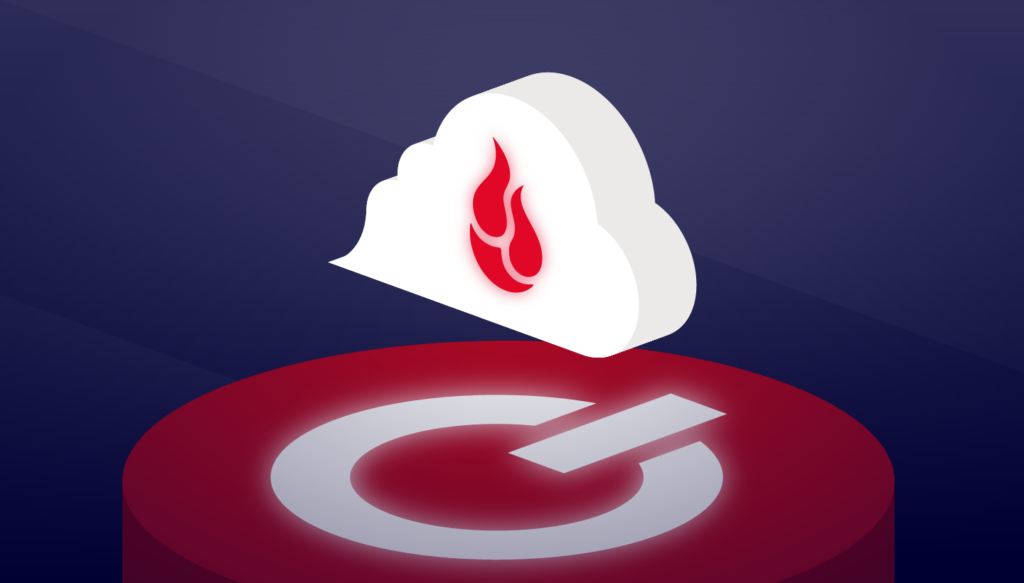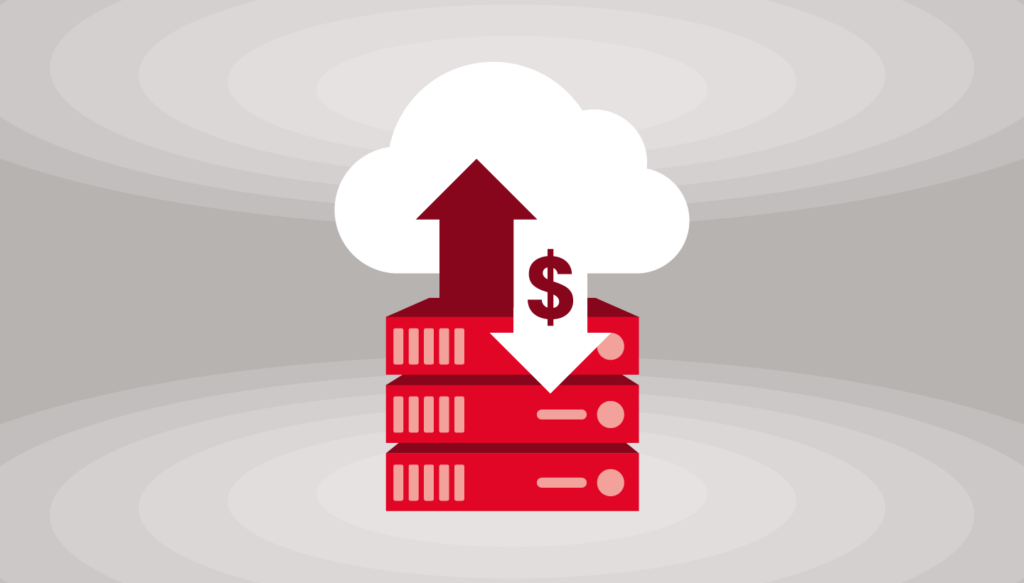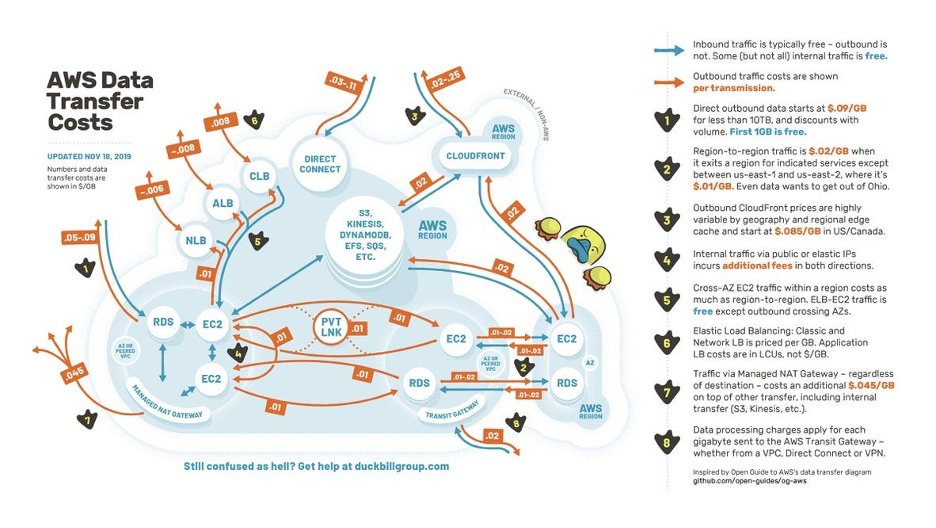Post Syndicated from Anna Hobbs-Maddox original https://backblaze.com/blog/backblaze-and-parablu-team-up-to-elevate-security-for-microsoft-365-users/

Microsoft 365 (M365) is used by more than one million companies worldwide. If you’re one of them, you know how important it is to your business. And, like anything that’s important to your business, it’s important to back it up.
Today, backing up M365 to off-site storage just got easier and more affordable thanks to a new Backblaze Partnership with Parablu. Now, you can back up your Microsoft 365 data to Backblaze, ensuring it’s backed up both inside and/or outside of the Azure ecosystem, adding another layer of protection to your backup and recovery playbook.
What Parablu Does
Parablu specializes in data security and resiliency solutions catered to digital enterprises. Their advanced solutions ensure comprehensive protection for enterprise data while offering complete visibility into all data movement through user-friendly, centrally-managed dashboards. Their product BluVault for M365 elevates data security across Exchange, SharePoint, OneDrive, and Teams.
With Parablu, you can seamlessly control every aspect of your Microsoft 365 data, gain immediate protection against threats with advanced anomaly detection and swift recovery mechanisms for ransomware attacks, streamline administration with intuitive and efficient controls, reduce network congestion, and ensure secure data transmission with robust encryption protocols.
Why Back Up Microsoft 365 to Backblaze?
By integrating Backblaze as a storage tier outside of Azure for tools like M365, OneDrive, or Sharepoint, Parablu is providing its customers with cloud storage that’s easy to use, highly affordable at one-fifth the cost of legacy providers, secured with immutable backups, and high-performing with industry-leading small file uploads.
Key benefits for Backblaze + Parablu customers include:
- Avoiding a Single Point of Failure: Many businesses that use M365 also back up their instance with the same service. However, backup best practices include keeping a backup copy of your data geographically and virtually separate from your production copy. While backing up your M365 data with Microsoft Azure is a great thing to do, it’s wise to keep a backup copy outside of that ecosystem as well. If Microsoft were to experience a failure, you’d still be able to recover your critical business data.
- Protecting Data With Immutability: When you protect your M365 data with immutability via Object Lock, you ensure no one can alter or delete that data until a given date. When you set the lock, you can specify the length of time an object should be locked. Any attempts to manipulate, copy, encrypt, change, or delete the file will fail during that time.
- Faster Small File Uploads: Small file uploads are common for backup and archive workflows, especially when it comes to backing up the kind of data in M365—email, Word documents, simple Excel spreadsheets, etc. With Backblaze, users can expect to see significantly faster upload speeds for smaller files without any change to durability, availability, or pricing. The faster data upload bolsters security and enhances data protection by securing data with off-site backups faster, limiting the time that the data is vulnerable.
Partnering with Backblaze offers our customers a secure, cost-efficient storage alternative. We’ve witnessed a growing demand for secure, fast, and affordable storage that complements public cloud storage and we look forward to continued innovation with Backblaze.
—Randy De Meno, Chief Strategy Officer/Chief Technology Officer, Parablu
How Backblaze Integrates With Parablu
The Backblaze + Parablu partnership integrates the M365 backup power of Parablu with affordable cloud storage from Backblaze, helping you protect your M365 environment with enhanced security, compliance, and performance. The joint solution is available for customers today.
Interested in getting started? Learn more in our docs or contact Sales.
The post Backblaze and Parablu Team Up to Elevate Security For Microsoft 365 Users appeared first on Backblaze Blog | Cloud Storage & Cloud Backup







